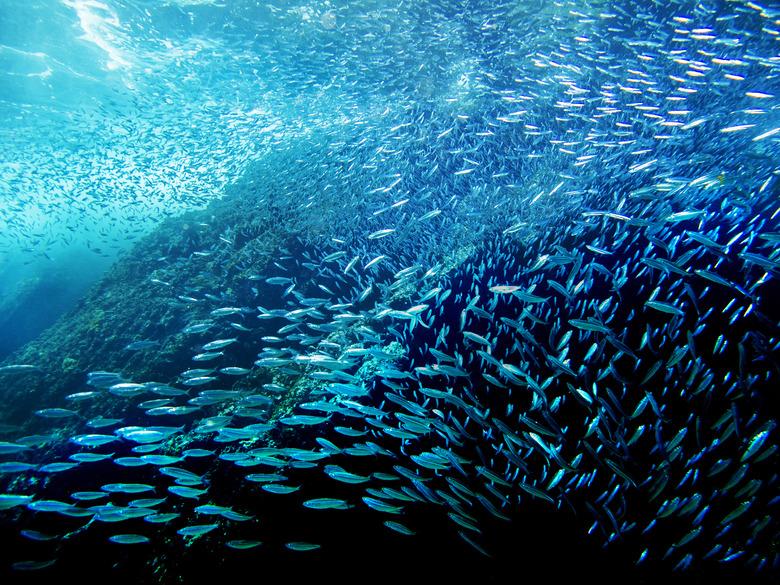What Are Brisling Sardines?
Brisling (also known as bristling) sardines are small fish that inhabit the North Atlantic. According to International Fish Canners, gourmets around the world consider brislings the tastiest, highest quality sardines available. Offering a wide variety of health benefits to those who eat them, brisling sardines are an all-natural, low-calorie food source. Although they are small, their abundance makes them valuable for us and for ocean dwellers.
Origin
Origin
Sardine is a general term that applies to any small, oily fish within the herring family. The name came from Sardinia, a Mediterranean island that was one of the first areas to pack these fish for commercial consumption. Unlike other sardines, brislings are a specific species of fish, called sprats. They only live in icy northern waters.
Features
Features
Brislings have a mild aroma and no noticeable scales. At 3 inches to 4.5 inches in length, full-grown brislings are less than half the size of other sardines. Smaller adult fish are more delicate and tender, according to Keri Glassman, a registered dietitian and creator of The Sardine Diet. Brislings live in clean water, such as the Norwegian fjords, where the fishing industry is strictly regulated. The fish are known for their purity and a reduced risk of containing mercury.
Health Benefits
Health Benefits
All sardines contain omega-3 fatty acids, a substance your body needs but can only get through the foods you eat. Brisling sardines have the highest concentration of this substance. The feeding opportunities and icy habitat of the North Atlantic produce fish that provide 2.8 grams of Omega-3 in every 85-gram serving. This serving size also contains 11 grams of protein and is an excellent source of calcium. With three times the calcium as a cup of milk, brisling sardines also have the phosphorous and vitamin D needed for calcium absorption. In addition, these fish contain iron, magnesium, potassium, zinc, copper and all of the B vitamins.
Production
Production
Food companies such as Napoleon Co. keep brislings in the sea for at least three days after they're caught. This production method eliminates undigested food in the fish's system and improves texture. The fish are then rinsed with brine, descaled and sorted by size. Brislings are traditionally hand-packed into aluminum tins because the brislings' skins are thin and machines would tear or break them.
Product Options
Product Options
Brisling sardines are traditionally packed in olive oil. Due to consumer demand, they also are available in spring water, garlic, mustard, soy, oil and tomato sauces. They may be unsmoked, lightly smoked or oak-smoked. Serve them straight out of the can on crackers, toast or mixed in salads.
References
Cite This Article
MLA
Owens, Diane. "What Are Brisling Sardines?" sciencing.com, https://www.sciencing.com/brisling-sardines-5576092/. 13 March 2018.
APA
Owens, Diane. (2018, March 13). What Are Brisling Sardines?. sciencing.com. Retrieved from https://www.sciencing.com/brisling-sardines-5576092/
Chicago
Owens, Diane. What Are Brisling Sardines? last modified March 24, 2022. https://www.sciencing.com/brisling-sardines-5576092/
